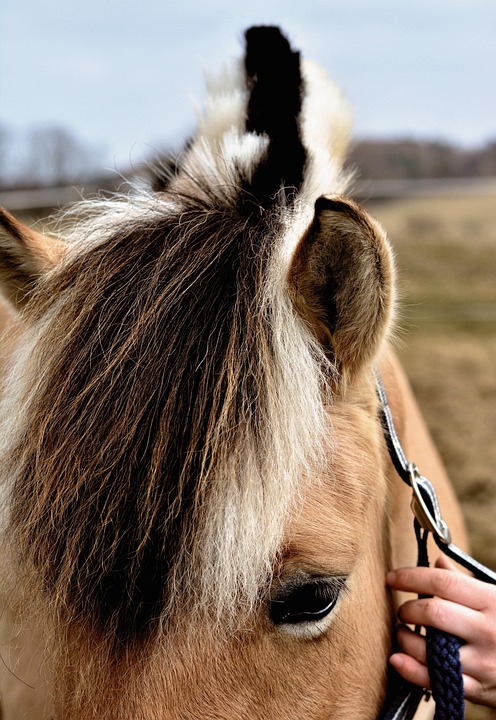Humans have a long-standing relationship with alcohol, dating back thousands of years. We have developed a high level of efficiency in breaking down ethanol, the main component of alcoholic beverages, which makes it harder for us to get drunk compared to other animals. While humans have evolved to metabolize ethanol effectively, some species have unique adaptations that allow them to process alcohol differently.
Research conducted by biologist Nathaniel Janiak has shed light on how different animals metabolize ethanol. Janiak found that many fruit-eating species have a high tolerance for ethanol, possibly due to the presence of naturally occurring ethanol in overripe fruit. This ability to detoxify ethanol allows these animals to consume fermented fruits without experiencing the intoxicating effects of alcohol.
One notable exception to this trend is the African elephant, which possesses a genetic mutation that impairs its ability to metabolize alcohol dehydrogenase. This mutation makes it harder for elephants to break down ethanol, potentially leading to intoxication if they consume fruits like marula, which naturally ferment on the tree. Despite this vulnerability, Janiak suggests that elephants are not seeking out alcohol for pleasure but rather for sustenance, as the ethanol in fermented fruits provides additional energy.
According to Janiak, the production of ethanol in fruits is linked to the presence of sugar, which serves as a source of energy for animals. By being able to digest ethanol, animals may be able to consume more of the fruit, even if it is overripe or starting to spoil. This adaptation allows animals to maximize their food intake and energy resources, highlighting the evolutionary significance of ethanol metabolism in the animal kingdom.
In Siberia, another intriguing example of animals interacting with psychoactive substances can be found in reindeer. These majestic creatures share their habitat with the hallucinogenic mushroom Amanita muscaria, also known as fly agaric. The red-capped mushroom with white spots, often referred to as the „Christmas mushroom,“ contains psychoactive compounds that can induce hallucinations and altered states of consciousness.
Siberian shamans have long used Amanita muscaria for its intoxicating and hallucinogenic properties, consuming it as part of their spiritual practices. Surprisingly, reindeer have also been observed consuming the poisonous yet nutritious mushroom, with biologists documenting their ability to neutralize the toxins in their complex stomachs. This unique relationship between reindeer and Amanita muscaria highlights the intricate connections between animals and their environment, showcasing the diverse ways in which different species interact with psychoactive substances.
In conclusion, the ability of animals to metabolize ethanol and interact with psychoactive substances like hallucinogenic mushrooms offers a fascinating glimpse into the diverse adaptations and behaviors found in the animal kingdom. From fruit-eating species with high ethanol tolerance to reindeer munching on hallucinogenic mushrooms, these examples underscore the complex relationships between animals, plants, and intoxicating substances in nature.





